Experiencing a big life change can be challenging, not just for humans, but also for our feline companions. Cats, known for their sensitive nature, often react to changes in their environment or routine by becoming distant or aloof. Understanding their behavior and knowing how to comfort them can help both you and your pet adjust smoothly.
Recognizing Signs of Distant Behavior in Cats
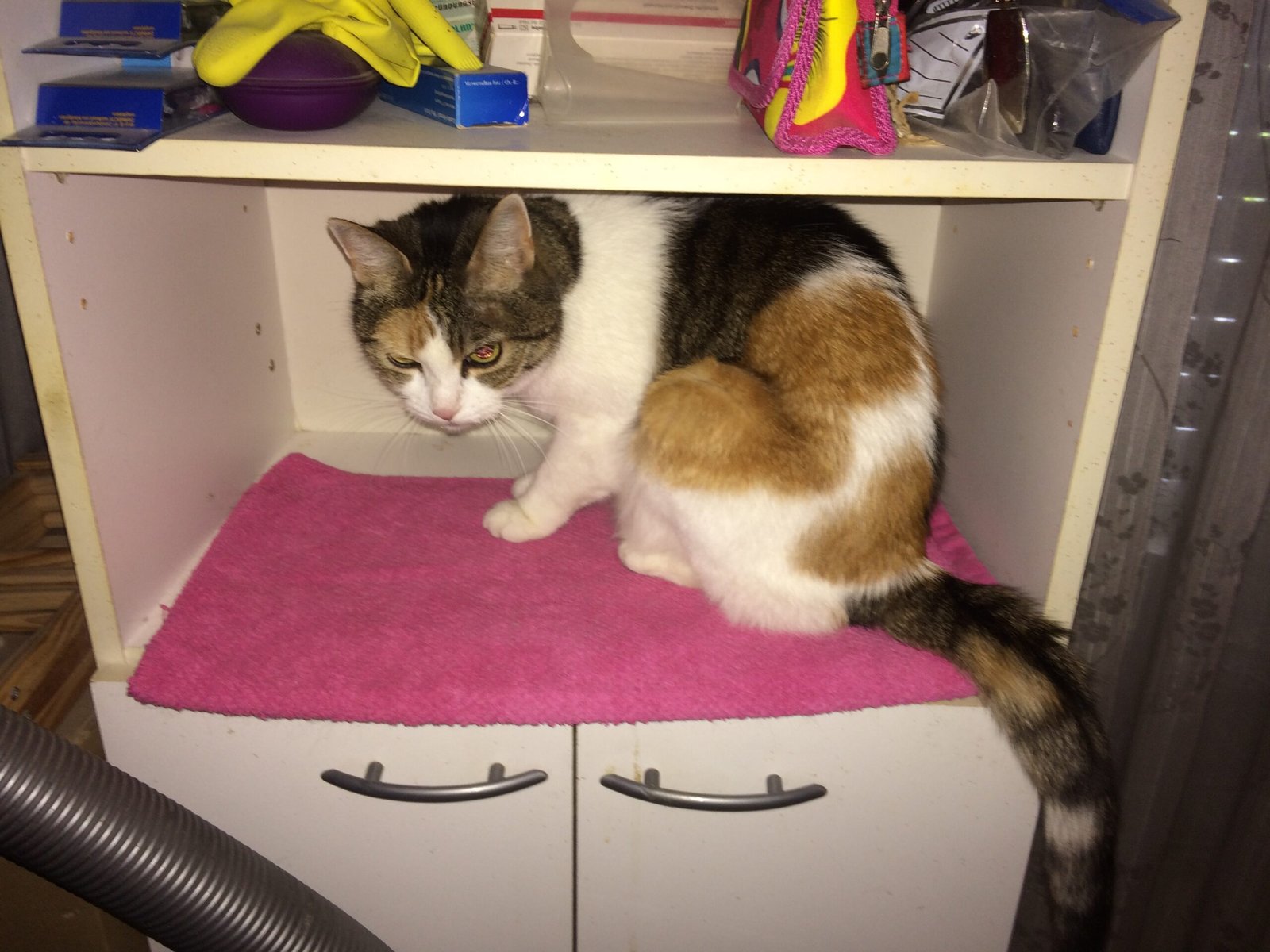
Cats may exhibit various signs when they feel distant. You might notice your cat hiding more often or avoiding interaction. They may not come to greet you as they used to or may seem disinterested in playtime. Changes in their eating habits, such as eating less or skipping meals, can also be a sign. Paying attention to these behavioral changes is crucial in identifying when your cat is feeling off.
Understanding the Impact of Life Changes on Cats
Cats are creatures of habit and thrive on routine. A big life change, such as moving to a new home, the arrival of a new family member, or even a change in work schedule, can disrupt their sense of security. These changes can lead to stress and anxiety, causing them to act distant. Understanding how these events affect your cat can help you address their needs more effectively.
Creating a Safe Space for Your Cat
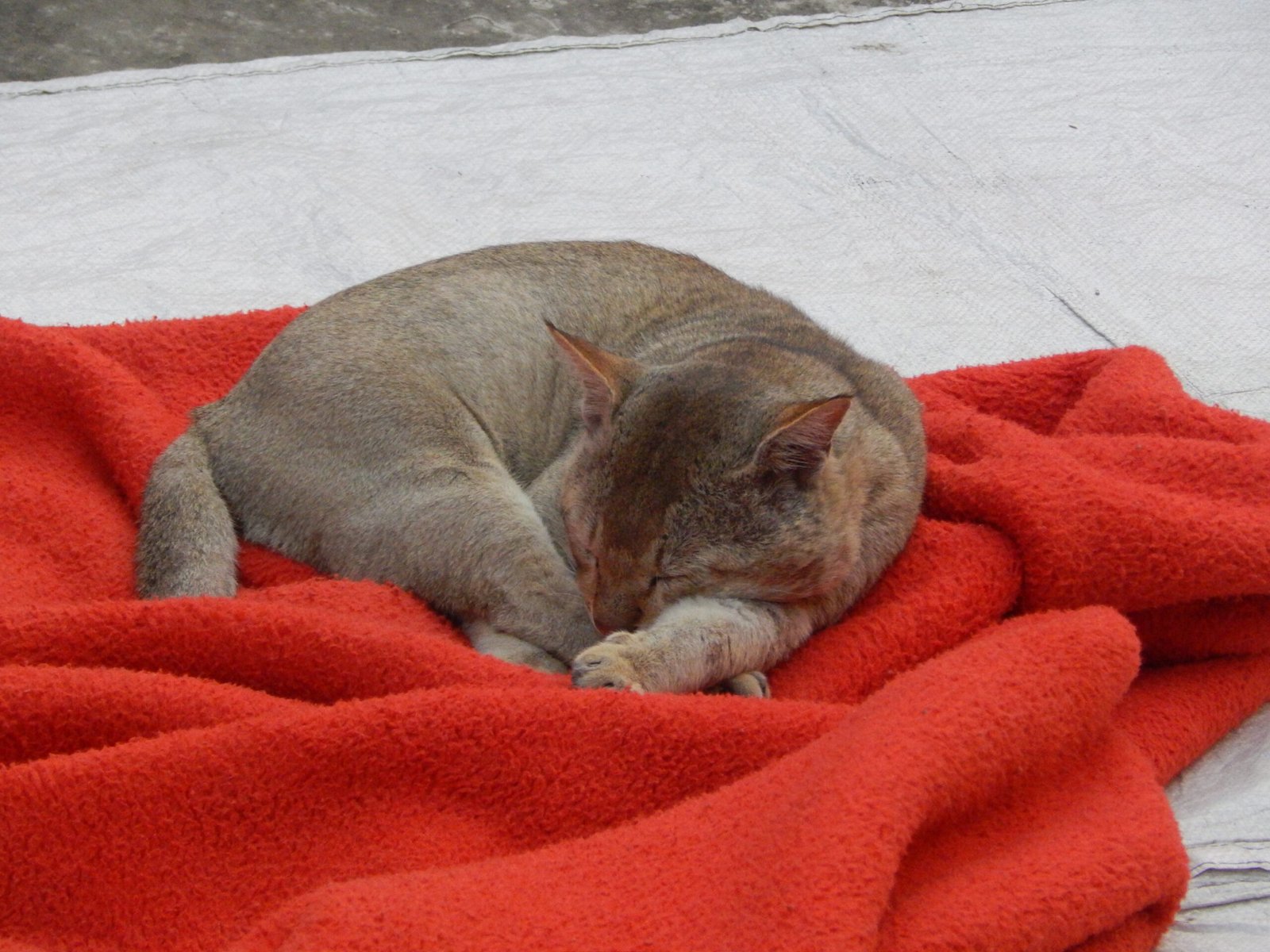
Providing a safe and quiet space for your cat can help them feel secure during times of change. This could be a cozy corner with their favorite blanket or a room where they can retreat without being disturbed. Having a designated area where they feel safe can make a significant difference in how they cope with stress.
Maintaining a Consistent Routine
Cats are comforted by routine, so try to maintain consistency in their daily schedule as much as possible. Feed them at the same times each day, and ensure regular playtime and bonding sessions. This predictability can help reduce their stress levels and make them feel more secure in their environment.
Using Calming Products for Cats
There are various products available that can help calm a stressed cat. Pheromone diffusers, sprays, or collars can mimic the natural calming pheromones that cats produce, helping them feel more relaxed. These products can be especially helpful during transitions or after significant changes in the household.
Encouraging Interaction and Play
Engaging your cat in play can help strengthen your bond and alleviate their stress. Use toys that mimic prey, like feather wands or laser pointers, to stimulate their hunting instincts and provide mental stimulation. Regular playtime can also help distract them from any anxiety they might be feeling.
Offering Comfort Through Your Presence
Sometimes, just being present can be comforting to your cat. Spend time in the same room as your cat, even if they aren’t seeking attention. Your presence can be reassuring, and over time, they may feel more comfortable approaching you on their own terms.
Introducing Changes Gradually
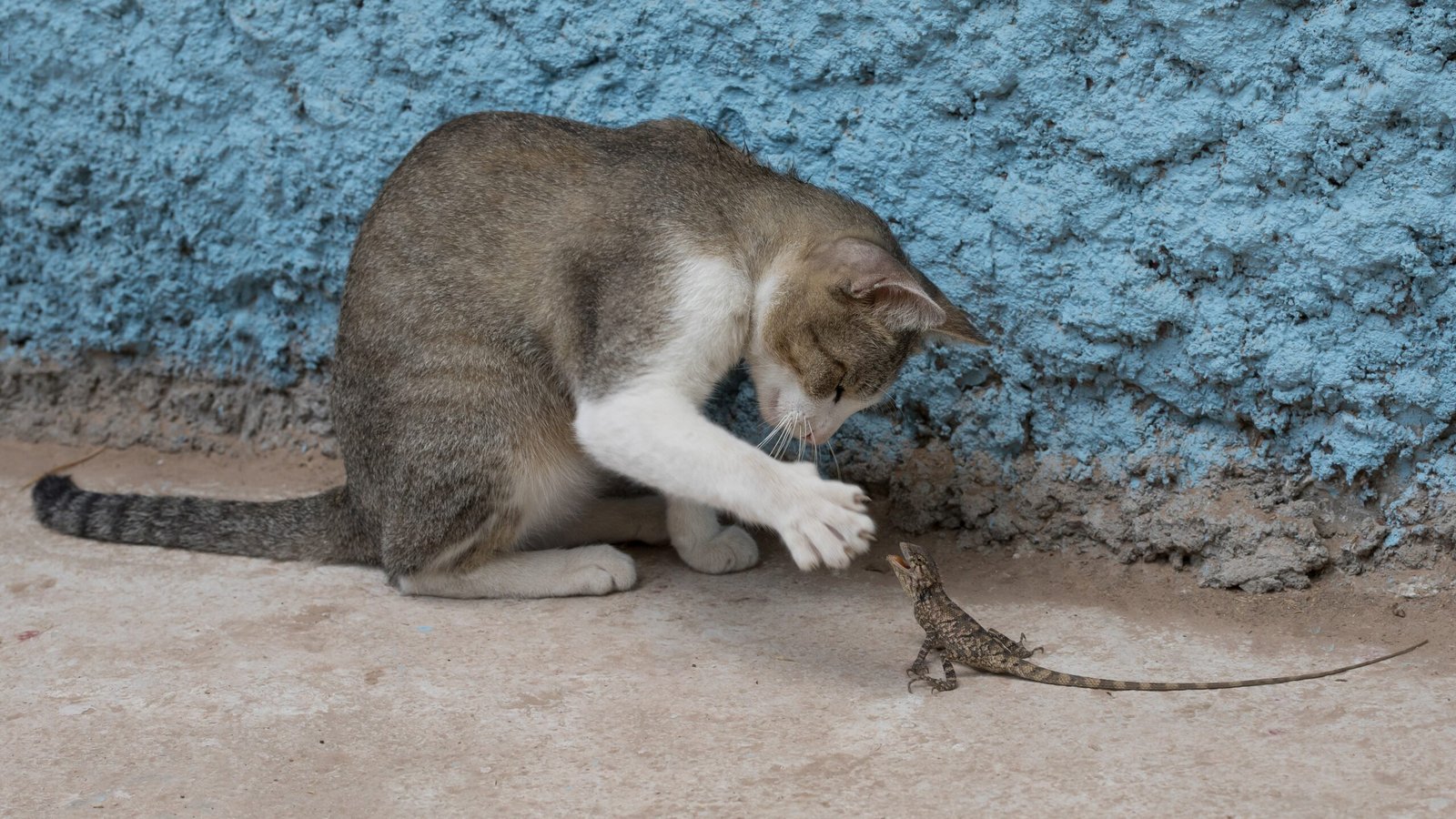
If you’re planning a change, such as moving or introducing a new pet, try to do so gradually. Allow your cat time to adjust to new smells and sounds in a controlled manner. This slow introduction can help them acclimate without feeling overwhelmed.
Monitoring Your Cat’s Health
It’s essential to rule out any underlying health issues that might be causing your cat’s distant behavior. If your cat continues to act aloof despite your efforts to comfort them, a visit to the vet can help determine if there’s a medical reason behind their behavior.
Understanding the Role of Patience
Patience is key when dealing with a distant cat. It might take time for them to adjust and feel secure again. Avoid forcing interactions or overwhelming them with attention. Instead, let them come to you when they’re ready, and reward them with gentle affection.
Recognizing the Importance of Bonding
Strengthening your bond with your cat can help them feel more secure in their environment. Spend quality time together, whether it’s through grooming, cuddling, or just sitting quietly in each other’s company. Building a strong bond can provide your cat with the reassurance they need during challenging times.
Identifying Triggers for Distant Behavior
Try to identify any specific triggers that might be causing your cat to behave distantly. It could be a new piece of furniture, a particular sound, or even a change in their diet. Once you identify these triggers, you can work on minimizing them to help your cat feel more at ease.
Using Positive Reinforcement
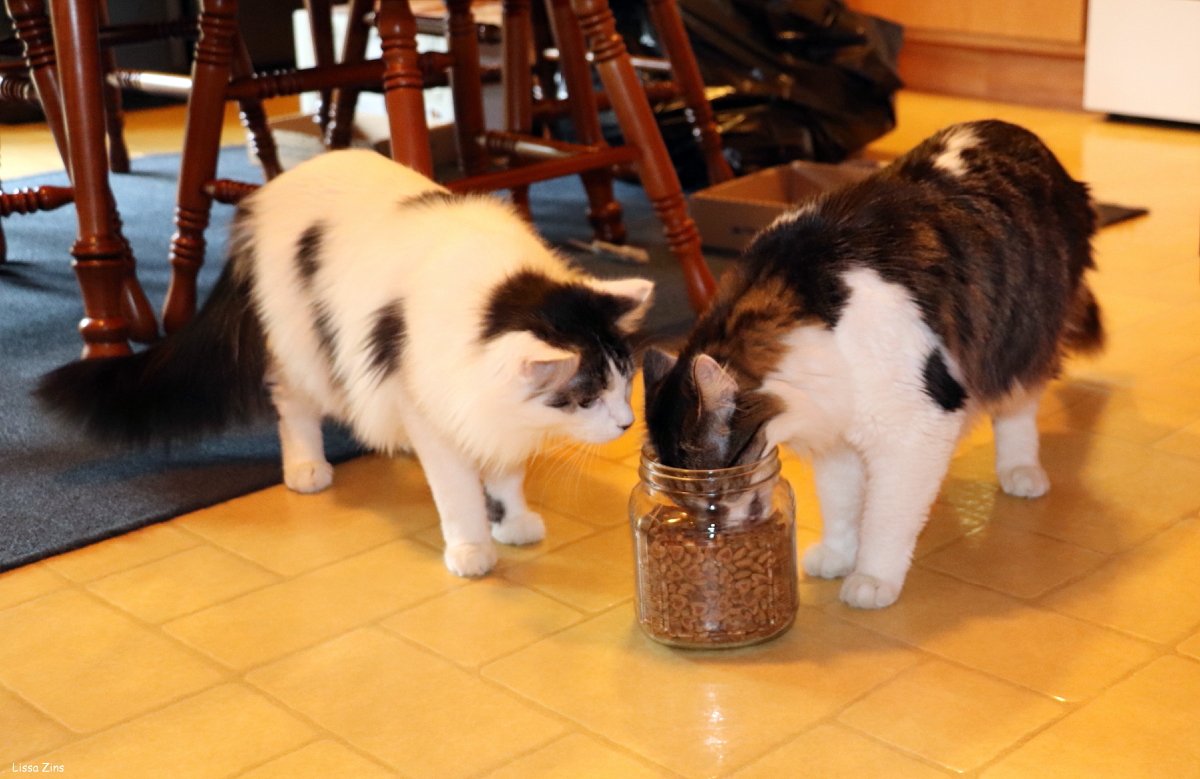
Positive reinforcement can be an effective way to encourage your cat to be more sociable. Reward them with treats or praise when they engage with you or show interest in play. This can help them associate interaction with positive experiences, encouraging them to be more affectionate.
Seeking Professional Help
If your cat’s distant behavior persists and you’re unable to help them on your own, consider seeking professional help. A veterinarian or animal behaviorist can provide valuable insights and guidance tailored to your cat’s specific needs.
Understanding Your Cat’s Unique Personality
Every cat is different, and their reactions to change can vary. Some cats may bounce back quickly, while others may take longer to adjust. Understanding and respecting your cat’s unique personality can help you provide the support they need during times of change.
Reassuring Your Cat with Familiar Scents

Familiar scents can be comforting to cats. Try using items that carry your scent, like an old t-shirt, in their safe space. This can help reassure them and provide a sense of familiarity and comfort.
Being Gentle and Approachable
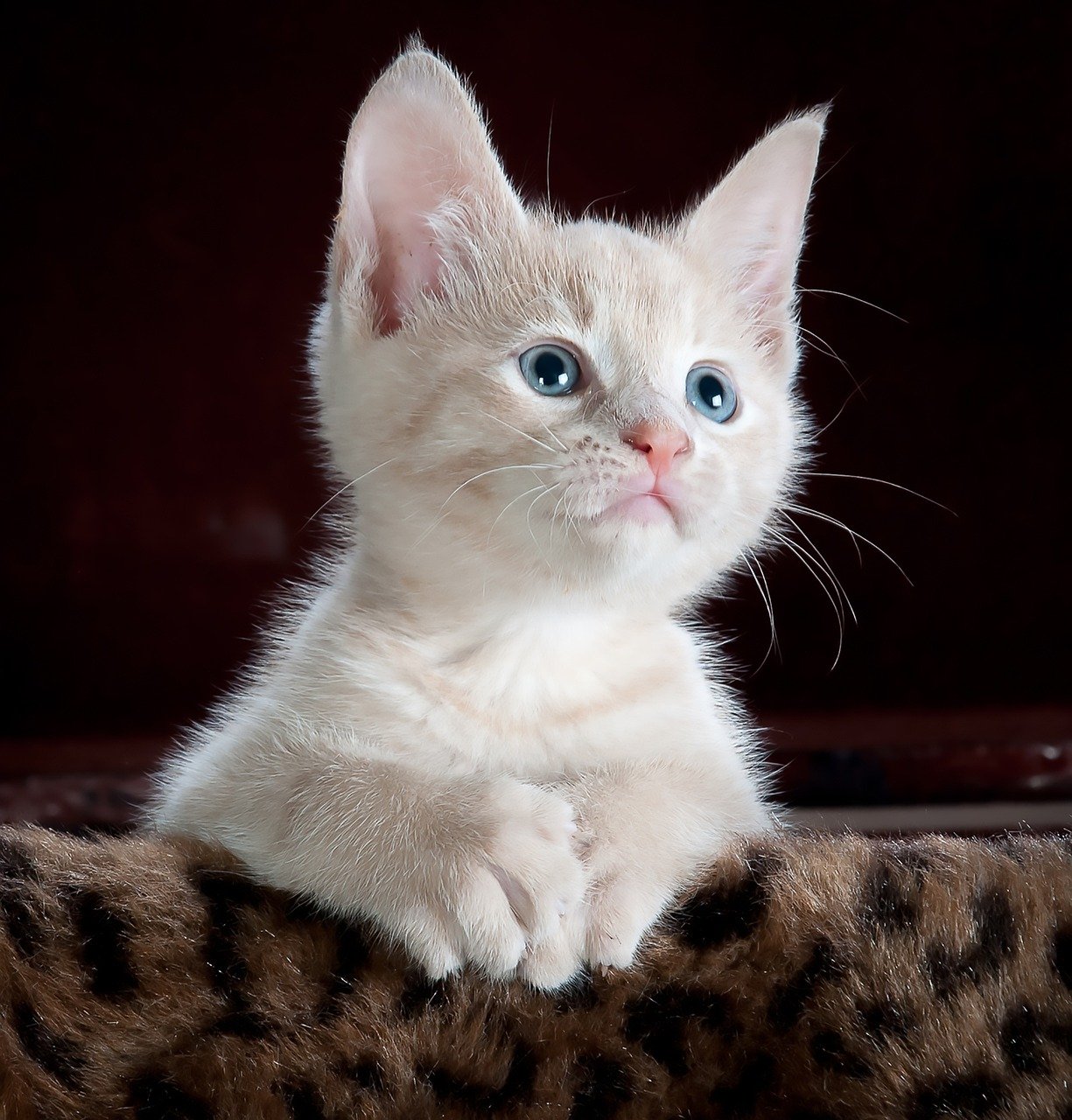
Approach your cat gently and avoid sudden movements that might startle them. Speak softly and move slowly to show them that they’re safe. This gentleness can help them feel more comfortable and willing to engage with you.
Providing Mental Stimulation

Mental stimulation is crucial for a cat’s well-being. Offer puzzle toys or interactive feeders that challenge their minds and keep them occupied. This can be a great distraction from stress and a way to keep them engaged.
Celebrating Small Progress
Celebrate the small victories as your cat begins to return to their usual self. Whether it’s a purr, a head bump, or simply sitting closer to you, acknowledge and appreciate these moments. They’re signs that your cat is adjusting and feeling more comfortable.
In conclusion, when your cat acts distant after a big life change, it’s essential to approach the situation with understanding and patience. By providing a secure environment, maintaining routines, and offering gentle encouragement, you can help your cat navigate through these changes and strengthen your bond along the way.
Hi, I’m Bola, a passionate writer and creative strategist with a knack for crafting compelling content that educates, inspires, and connects. Over the years, I’ve honed my skills across various writing fields, including content creation, copywriting, online course development, and video scriptwriting.
When I’m not at my desk, you’ll find me exploring new ideas, reading books, or brainstorming creative ways to solve challenges. I believe that words have the power to transform, and I’m here to help you leverage that power for success.
Thanks for stopping by, Keep coming to this website to checkout new articles form me. You’d always love it!






